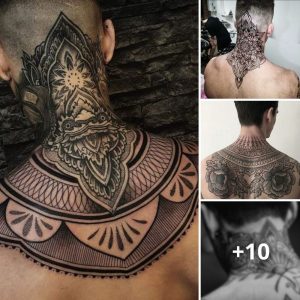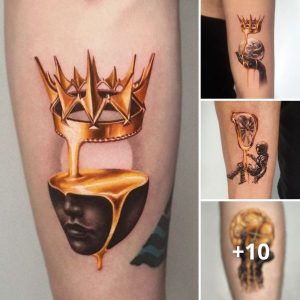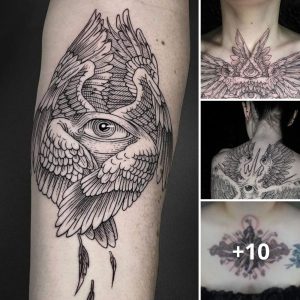Maori wrist tattoos, known as “ta moko” or “taonga,” hold deep cultural significance in the Maori tradition of New Zealand. These tattoos are not merely decorative; they symbolize heritage, identity, and personal narratives. Delving into the world of Maori wrist tattoos unveils a rich tapestry of cultural body art.

Cultural Significance:
Ta moko tattoos are an integral part of Maori identity, representing a person’s genealogy, life journey, and social status. Each symbol and line etched into the skin carries ancestral stories and familial connections.
Symbolism and Meanings:
In Maori culture, each element of a tattoo design holds specific meanings. Spirals may represent life’s journey or growth, while koru (unfurling fern frond) symbolizes new beginnings and harmony.
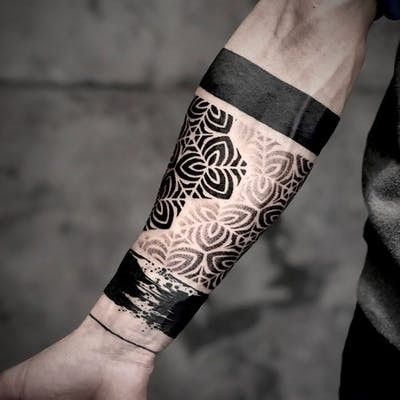
Traditional Techniques:
The process of receiving a Maori tattoo involves intricate and traditional methods. Tools like uhi (chisels) or modern tattoo machines are used to create the distinct patterns, often in black ink, with designs unique to each individual.
Cultural Preservation:
Maori wrist tattoos are more than just body art; they are a form of cultural preservation. The revival and continuation of these tattooing practices are essential for maintaining Maori heritage and identity.
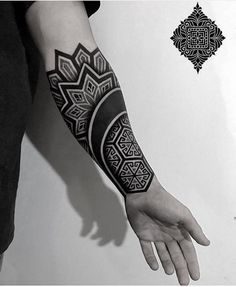
Modern Interpretations:
In contemporary society, Maori wrist tattoos continue to thrive, although some individuals opt for modern adaptations or designs inspired by traditional Maori art.
Before considering a Maori wrist tattoo, it’s crucial to understand and respect the cultural significance and protocols associated with this form of body art. Seeking guidance from a skilled and culturally sensitive tattoo artist is paramount.
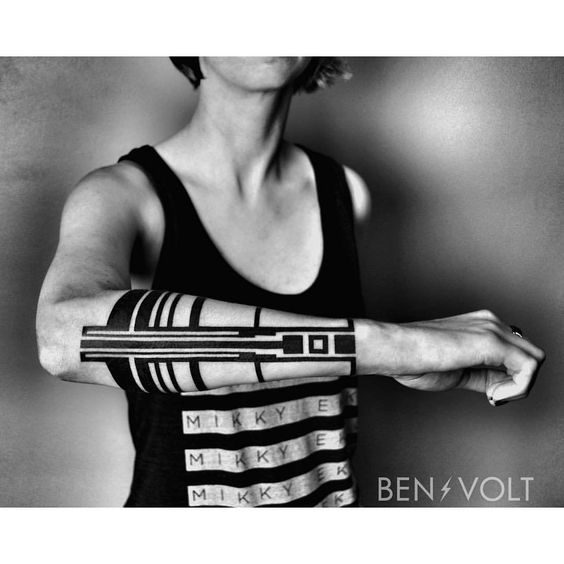
Maori wrist tattoos stand as a testament to the rich cultural heritage of the Maori people. Exploring this cultural body art opens a door to understanding traditions, values, and the profound meanings embedded within each inked line.

